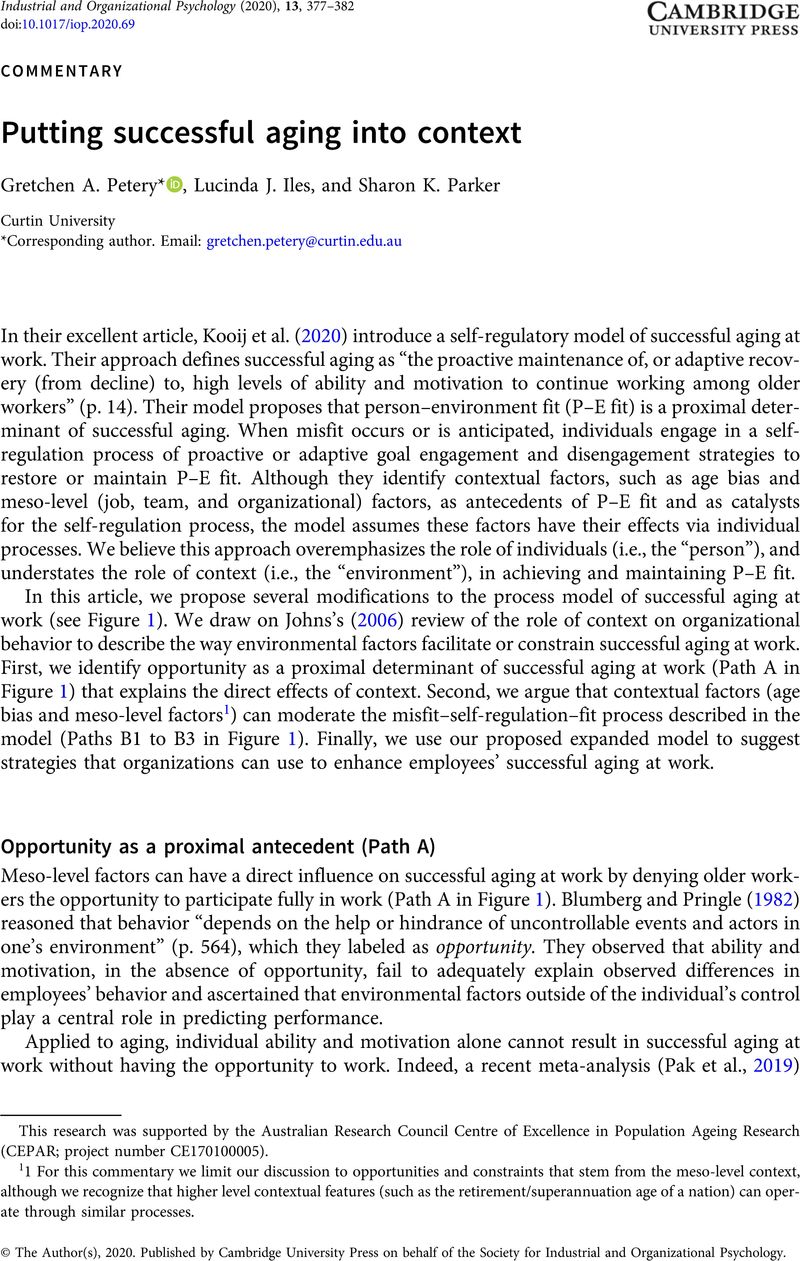Crossref Citations
This article has been cited by the following publications. This list is generated based on data provided by Crossref.
Gagné, Marylène
Parker, Sharon K.
Griffin, Mark A.
Dunlop, Patrick D.
Knight, Caroline
Klonek, Florian E.
and
Parent-Rocheleau, Xavier
2022.
Understanding and shaping the future of work with self-determination theory.
Nature Reviews Psychology,
Vol. 1,
Issue. 7,
p.
378.



